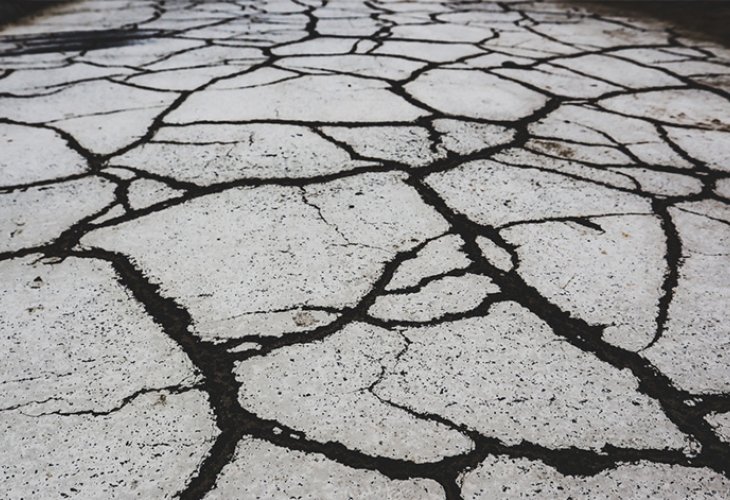When Tiberias Shook: The Earthquake That Silenced a City
After the year 748 CE, Tiberias, once a vibrant center of Jewish scholarship, fell silent. What happened to its sages and rich traditions?
 (Photo: shutterstock)
(Photo: shutterstock)The city of Tiberias was considered one of the "holy cities" in the Land of Israel. During the times of the Mishnah and Talmud, it was home to some of the greatest Jewish scholars: Rabbi Meir, Rabbi Judah the Prince for a period, the prominent Amoraim Rabbi Yochanan and Resh Lakish, and later, the Talmud Yerushalmi was completed there. Even years later, Tiberias hosted remarkable Torah leaders who produced legendary texts, poetry, and other works, enriching the Jewish world.
But everything abruptly halted after the year 748 CE, 4748 in the Hebrew calendar. The creativity ceased: no more poetry, no more midrashim, no scholars, no answers. Tiberias’ vibrant Jewish life fell silent. What happened?
In archaeological excavations, one usually expects a certain order. Buildings may be demolished through conquest, burned, or cleared for new constructions. However, archaeologists noticed a layer of collapse in cities around Tiberias and the valley. Along the main avenue of Beit She'an, hundreds of columns lay fallen, their fall direction and debris clearly visible. The same was true for the city of Hippos on the ridge east of the Sea of Galilee. What occurred there?
The discovery of the Cairo Geniza revealed surprising information among thousands of documents. A prayer book noted: "On the 23rd of Shvat, a fast is called for the Land of Israel due to 'the earthquake,' as many cities in Israel were shaken, and many sages perished under the ruins. The verse 'In anger, you march through the earth' is a hint." Israel's Jewish community thus remembered the disaster of 4748.
This text shed light on the term "Ra'ash Shevi'it" mentioned in many ancient poems. It referred to the earthquake of the Jewish year 4748, which was a sabbatical year. This quake ended the Jewish settlement in Tiberias, burying synagogues, scholars, and their works under the ruins of this terrible event.
Another interpretation suggests that "Ra'ash Shevi'it" refers to the seventh earthquake that struck the Land of Israel.
The historian Michael the Syrian described that Tiberias entirely fell and "thirty Jewish synagogues were destroyed."
Historian Theophanes wrote: "On the 18th of January, during the sixth year of Emperor Constantine V's reign and the third year of the Caliph Marwan II, a severe earthquake struck Palestine, the Jordan region, and Syria at the fourth hour (around ten o'clock in the morning). Thousands upon thousands perished, churches and monasteries collapsed, especially in the wilderness of the holy city."
Though the earthquake's epicenter was east of the Jordan, the damage extended to Jerusalem. Jamal ad-Din al-Maqdisi (died 1364), author of "The Delight of the Visitor to Jerusalem and Syria," noted that during the 130th year after Hedger's migration, the eastern and western sides of the Al-Aqsa Mosque were damaged.
In Beit She'an excavations, a man was found buried under a large column, clutching mint-condition coins newly minted shortly before the earthquake. The coins were preserved under the debris, showing no wear.
From the year 4748, many questions from Tiberias residents appear in the responsa of the Geonim. The tragic reason is clear: Tiberias' sages were killed in the earthquake, and the survivors had to send queries far away to Babylon. Tiberias remained empty and desolate for about three hundred years until Doña Gracia, the wealthiest woman in the world at that time, rebuilt it.

